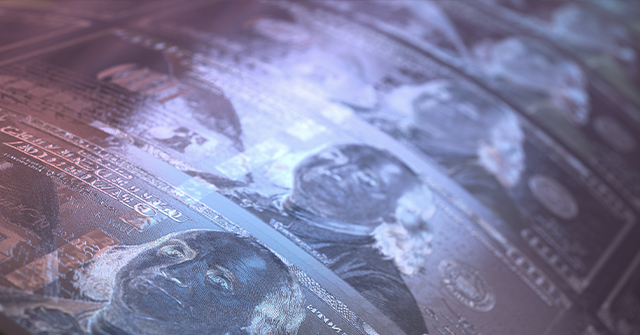You are here
What is the Primary Deficit?

To evaluate the government’s fiscal situation, analysts typically reference the total deficit — the gap between total federal spending and revenues. However, another measurement — the primary deficit — focuses on the difference between government revenues and spending, excluding interest payments. By excluding debt service, the primary deficit highlights the underlying structural imbalance between the amount of money that the federal government brings in each year (mostly through taxes) and how much it costs to provide government goods and services.
The federal government has run a total deficit almost every year over the past five decades; total annual spending since 1974 has exceeded total revenues by more than $473 billion on average, and that gap is expected to continue growing. Even without accounting for interest payments, federal spending has frequently outpaced revenues — causing the government to run primary deficits. Over the past 50 years, annual federal revenues have equaled or exceeded non-interest expenditures only 12 times. In the other 37 years, debt was issued to cover the gap. According to projections by the Congressional Budget Office (CBO), primary deficits will remain a consistent feature of the federal budget if current policies remain in place. Non-interest expenditures spiked in 2020 because of the government’s response to the COVID-19 pandemic; however, even today, CBO projects that annual non-interest spending will continue to exceed revenues by substantial amounts — by more than $9.2 trillion in total (2.6 percent of GDP) over the next decade.
Interest costs fell in 2020 and 2021 due to lower interest rates associated with the economic slowdown during the pandemic; however, rates are currently at their highest level since 2001 due to the Federal Reserve’s efforts to tame inflation. CBO projects that rising debt and relatively high interest rates in the future will cause interest payments to increase — rising from 3.1 percent of GDP in 2024 to 4.1 percent in 2034. Mounting interest costs will widen the gap between the primary and total deficit over time.
Because of the considerable amount of debt that has already been accrued by the federal government — and the interest that will need to be paid on that debt — it will be important to address the existing imbalance between non-interest spending and revenues when the public health crisis has abated.
Many analysts and economists point out that when the primary deficit is small and interest rates are lower than the growth rate of nominal GDP, the debt-to-GDP ratio will fall. However, with the primary deficit projected to average 2.1 percent of GDP over the next decade — and with interest rates at relatively high levels — debt will continue to grow faster than our economy. CBO estimates that debt held by the public will climb to nearly 116 percent of GDP in 2034 — higher than at any point in the nation’s history.
If the federal government cannot more closely align its revenues and expenditures, the national debt will continue to rise at an unsustainable rate and could jeopardize the country’s economic future. Fortunately, many solutions are available to address our fiscal situation.
Related: Interest Costs on the National Debt Set to Reach Historic Highs in the Next Decade
Image credit: Photo by ktsimage/Getty Images
